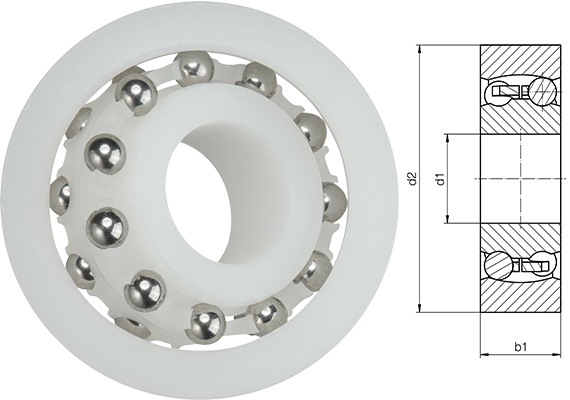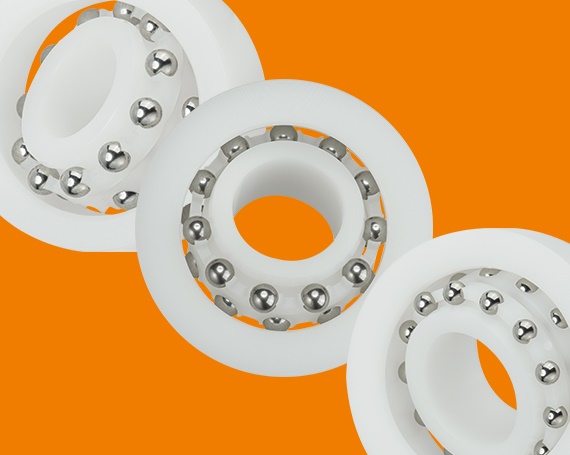Termerne "Apiro", "AutoChain", "CFRIP", "chainflex", "chainge", "chains for cranes", "ConProtect", "cradle-chain", "CTD", "drygear", "drylin", "dryspin", "dry-tech", "dryway", "easy chain", "e-chain", "e-chain systems", "e-ketten", "e-kettensysteme", "e-loop", "energy chain", "energy chain systems", "enjoyneering", "e-skin", "e-spool", "fixflex", "flizz", "i.Cee", "ibow", "igear", "iglidur", "igubal", "igumid", "igus", "igus improves what moves", "igus:bike", "igusGO", "igutex", "iguverse", "iguversum", "kineKIT", "kopla", "manus", "motion plastics", "motion polymers", "motionary", "plastics for longer life", "print2mold", "Rawbot", "RBTX", "readycable", "readychain", "ReBeL", "ReCyycle", "reguse", "robolink", "Rohbot", "savfe", "speedigus", "superwise", "take the dryway", "tribofilament", "tribotape", "triflex", "twisterchain", "when it moves, igus improves", "xirodur", "xiros" og "yes" er juridisk beskyttede varemærker tilhørende igus® SE & Co. KG/Köln i Tyskland og visse andre lande hvor gældende. Dette er en ikke-udtømmende liste over varemærker (f.eks. afventende varemærkeansøgninger eller registrerede varemærker) tilhørende igus SE & Co. KG eller tilknyttede selskaber for igus i Tyskland, Den Europæiske Union, USA og/eller andre lande eller jurisdiktioner.
igus® understreger at vi ikke forhandler nogen produkter fra firmaerne Allen Bradley, B&R, Baumüller, Beckhoff, Lahr, Control Techniques, Danaher Motion, ELAU, FAGOR, FANUC, Festo, Heidenhain, Jetter, Lenze, LinMot, LTi DRiVES, Mitsubishi, NUM, Parker, Bosch Rexroth, SEW, Siemens, Stöber og alle andre producenter af drev der er nævnt på dette website. De af igus® tilbudte produkter er produceret af igus® SE & Co. KG




